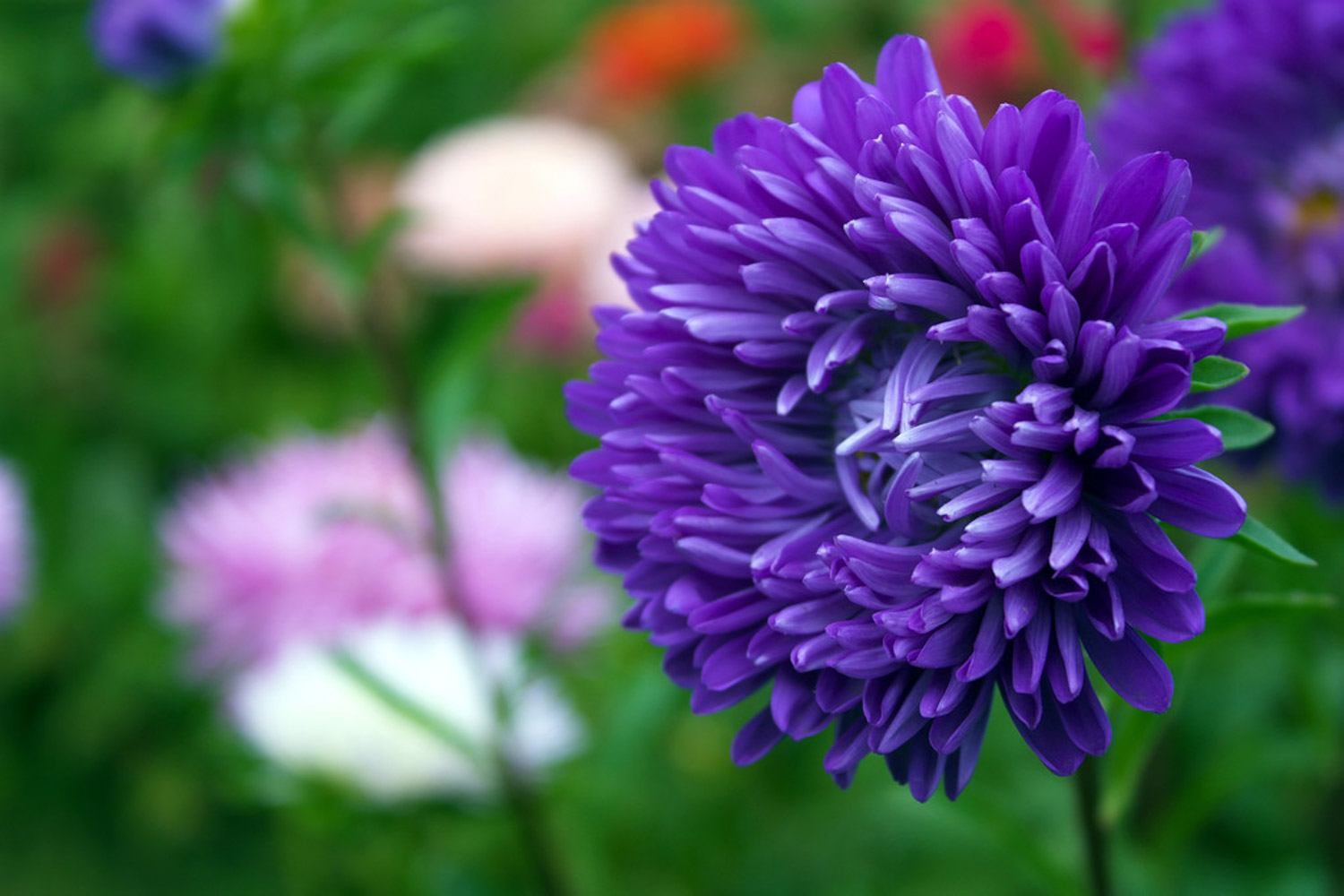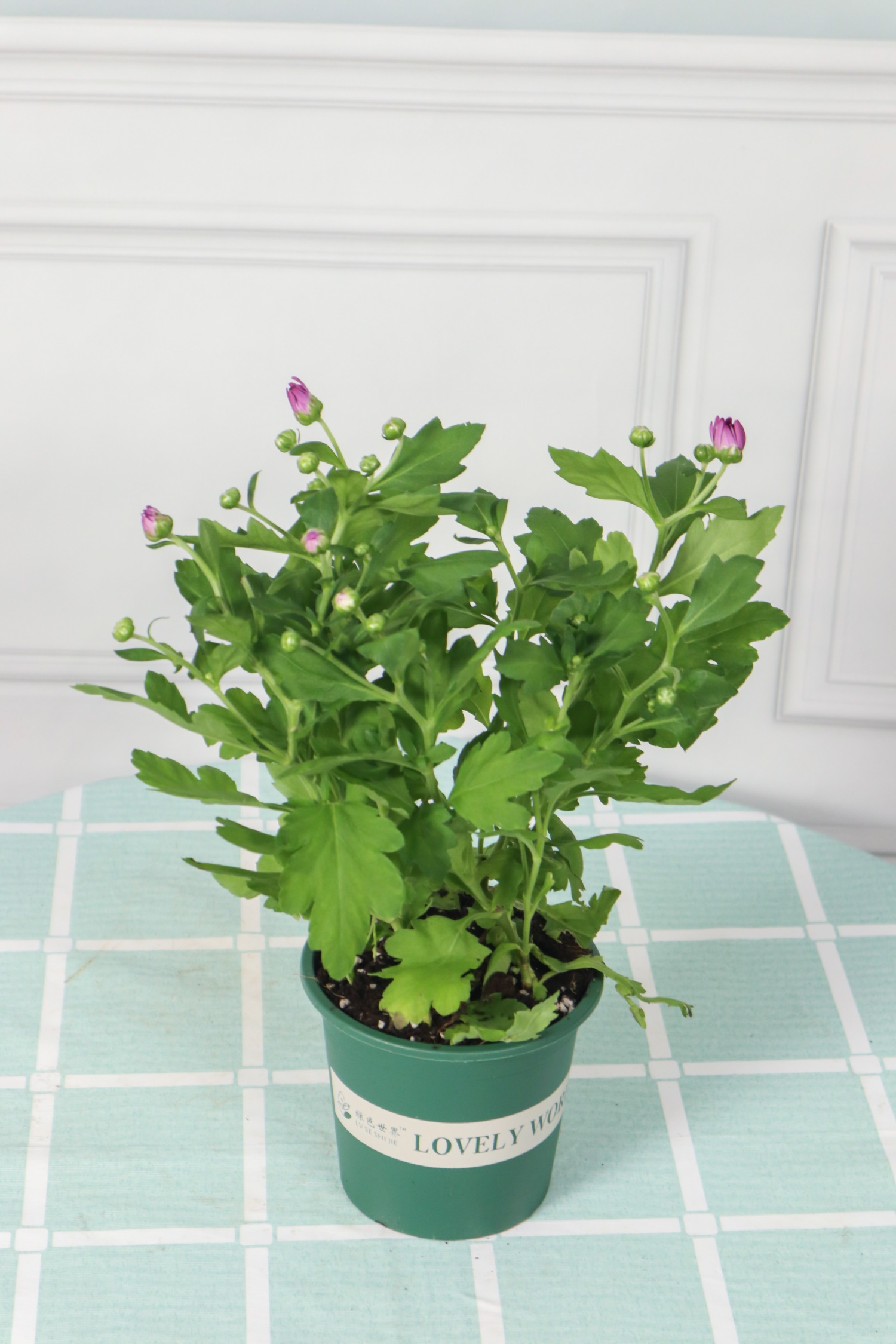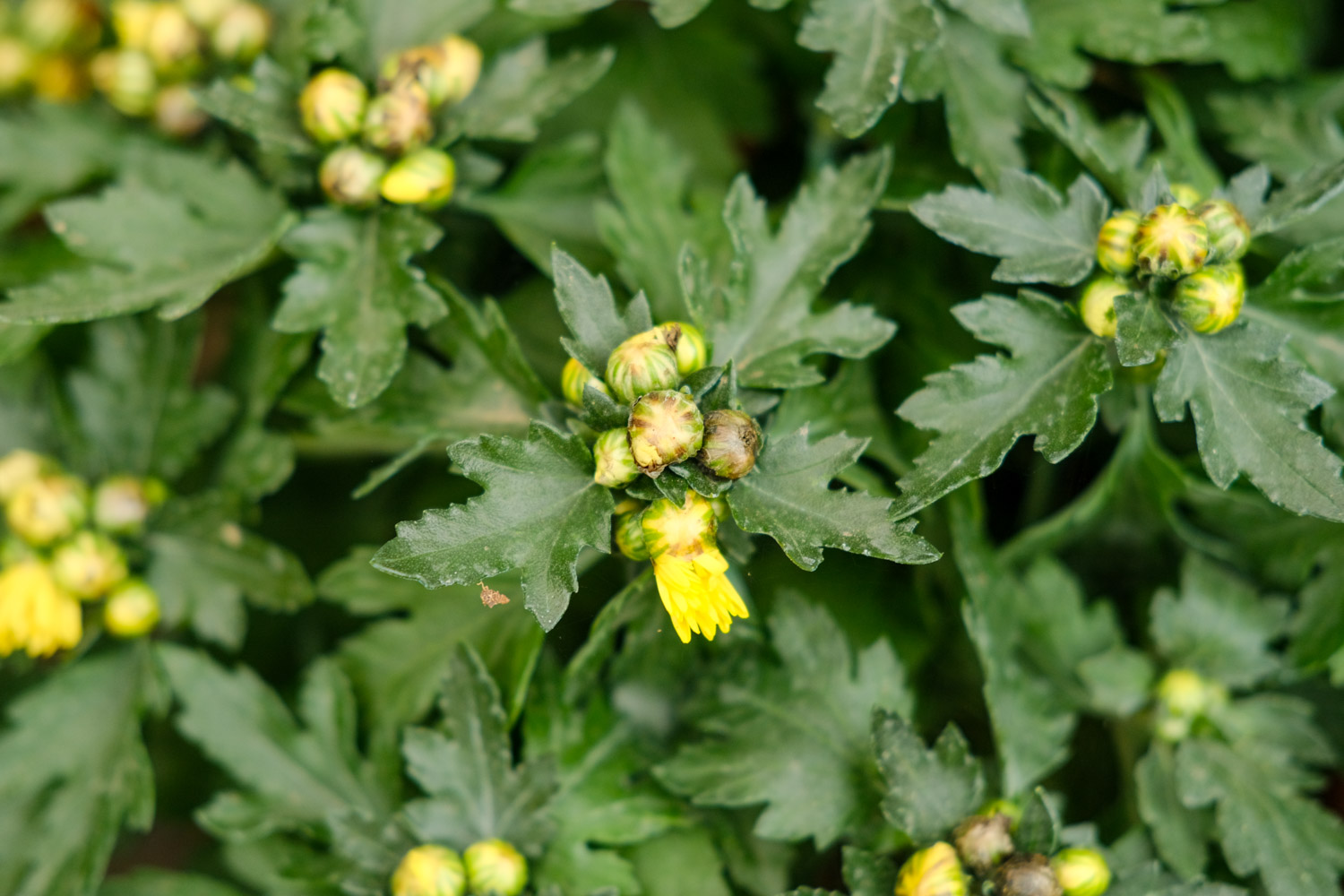1、 Soil
The soil with high nutrient content and strong drainage capacity should be used to raise chrysanthemum. Generally, rotten leaf soil, sandy soil and fertilizer cake residue can be evenly mixed in the proportion of 6:3:1. After preparation, you can add a little vinegar to reduce the pH value of the soil to make it more conducive to the growth of chrysanthemums
2、 Moisture
Watering chrysanthemums should be dry and wet, not half dry and half wet. In addition, it should be noted that during the rainy season, the ponding in the soil should be removed in time, otherwise it will easily lead to rotten roots

3、 Illumination
Chrysanthemum, as a typical short day plant, does not need too long light to bloom. On the contrary, if the light is too long, it will only grow leaves but not flowers. In addition to flowering, the sun exposure time at other times can be slightly longer
4、 Temperature
Chrysanthemum likes to be cool and is slightly cold resistant. The suitable temperature for growth is 18-21 ℃. The highest temperature in summer can not exceed 32 ℃, and the lowest temperature in winter can not be lower than 10 ℃. It should not be lower than 17 ℃ at the beginning of flowering, and it can be reduced to 15 ~ 13 ℃ in the middle and later stage of flowering

5、 Precautions
1. Change pots every year. After raising for a year, the soil nutrients in the chrysanthemum pot are basically consumed. At this time, it should be replaced with new pot soil with sufficient nutrients. Basin changing is generally carried out in spring
2. Trim in time. The side buds of chrysanthemum need to be cut off in the strong seedling stage to reduce the consumption of nutrients. At the beginning of pregnancy, we should choose unnecessary flower buds and cut them off, so as to increase the nutrient acquisition of the remaining flower buds and make the flowers bigger and more colorful


 jackfruit
jackfruit snake plant
snake plant hibiscus
hibiscus hydrangea
hydrangea lavender
lavender Green roses climb al...
Green roses climb al... If you don't pay att...
If you don't pay att... Management of four g...
Management of four g...

































